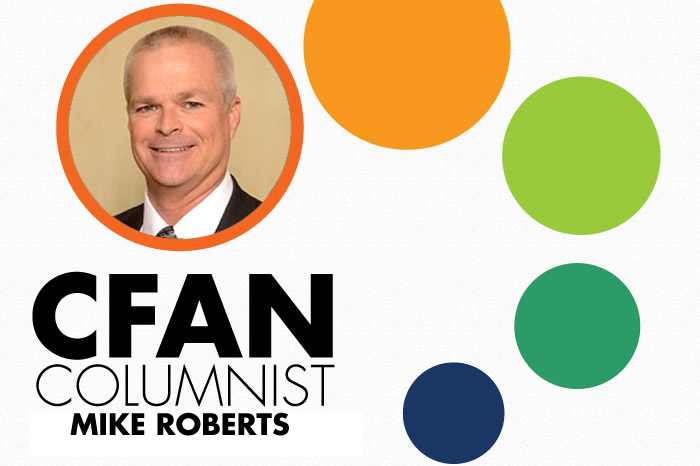4R nutrient stewardship is key to the Best Management Practices for fertilizer applications to achieve the sweet spot where the environmental, social, and economical sustainability of commercial crop production all come together. Similar to BMPs, the 4Rs aim to match crop requirements with the best-suited nutrient, minimize nutrient losses from fields, and maximize operation profitability. Dig deep into the details of the 4Rs to get the most out of your nutrient management program.
The 4Rs Defined
The 4Rs offer a simple concept—to use the RIGHT fertilizer source, applied at the RIGHT rate, at the RIGHT time, and in the RIGHT place for the crop. To dig deeper, each “R” in the 4Rs requires different considerations:
- The RIGHT fertilizer source. What balance of nutrients should you use, including macro and micronutrients? What fertilizer will best reach the plant? Should you use a liquid or dry fertilizer?
- The RIGHT rate. What amount of nutrients should be applied? What amount of available nutrients does the soil already hold? Are multiple small applications better than one large application?
- The RIGHT time. When should nutrients be applied during the season to best meet the crop’s needs? Does the crop have different nutrient needs in early, mid, and late season? Should the fertilizer be slow release?
- The RIGHT place for the crop. Where should the fertilizer be applied? Will a foliar application or a root application be best?
Additional 4R Details
While each of the 4Rs has its own considerations, the 4Rs are meant to be used together in tandem to get the best results. It is a hard and fast rule, extolled by UF/IFAS horticulture experts, that None of the 4Rs can be right when any of the 4Rs is wrong.
Consequently, this means there is no one-size-fits-all way to apply the 4Rs; they must be adjusted for each site based on factors like the crop, the soil, the climate, the farming systems used, and more. Due to this need to customize how your operation uses the 4Rs, it’s important for growers to work together with their fertilizer suppliers, ag sciences community, and Extension agents to dig deep into the specifics of the 4Rs for their operations.

